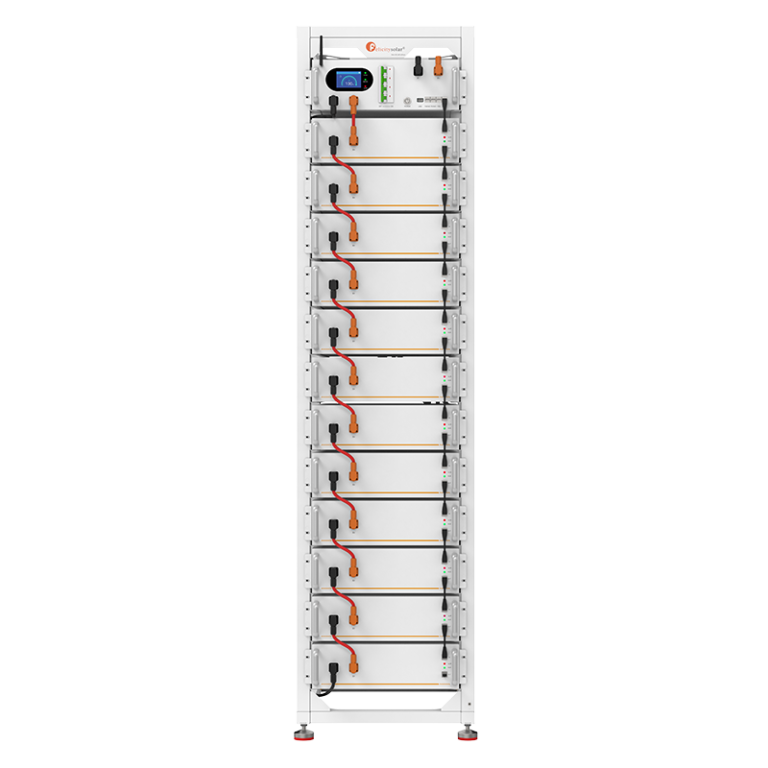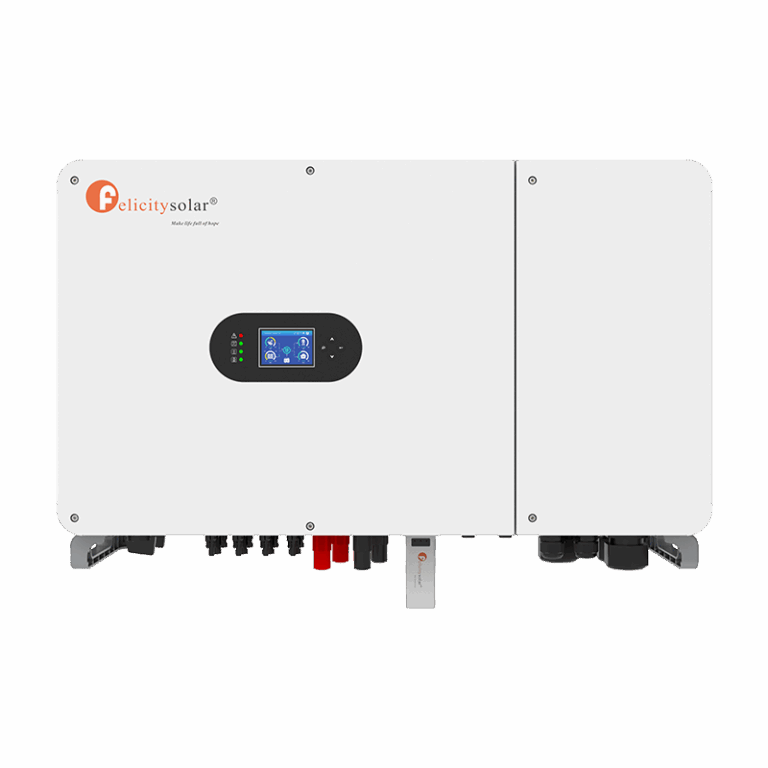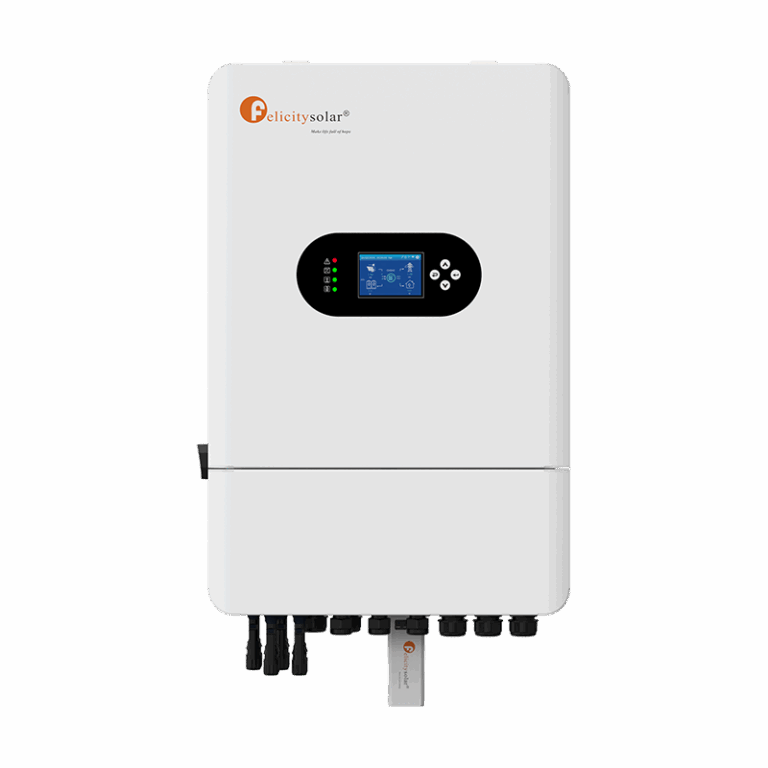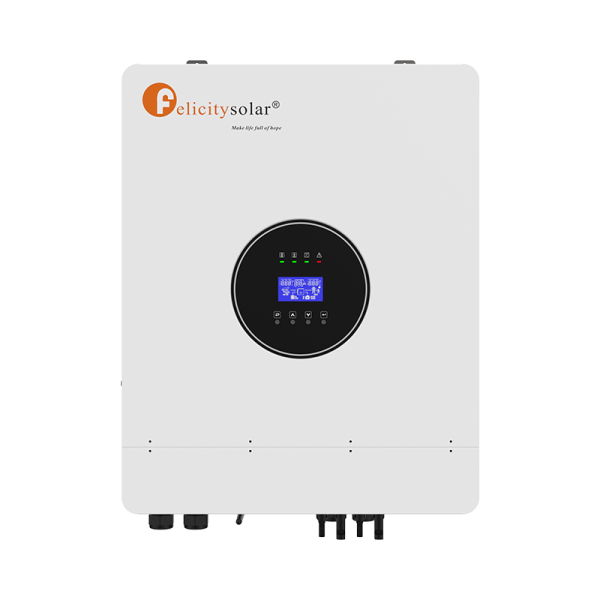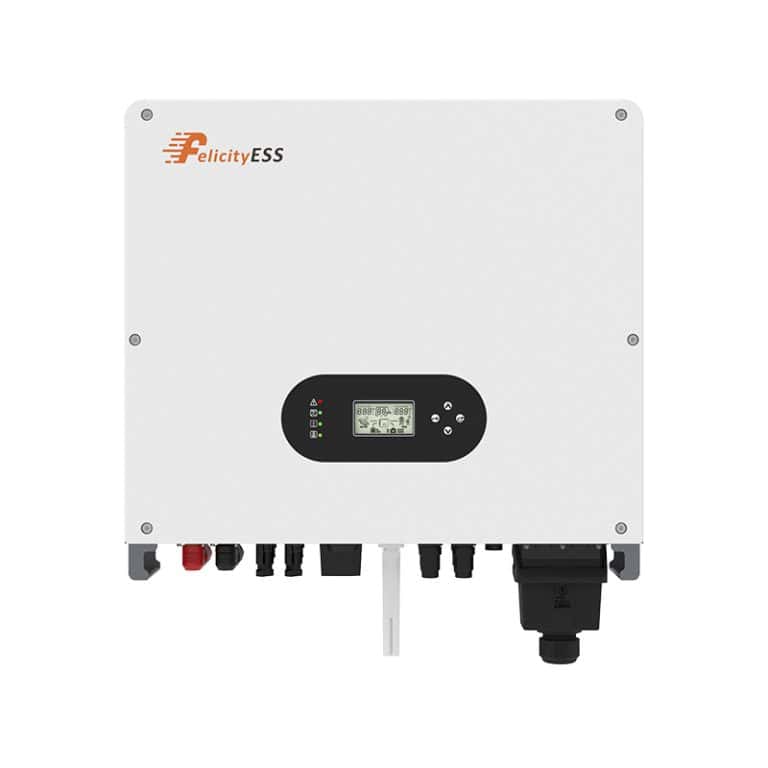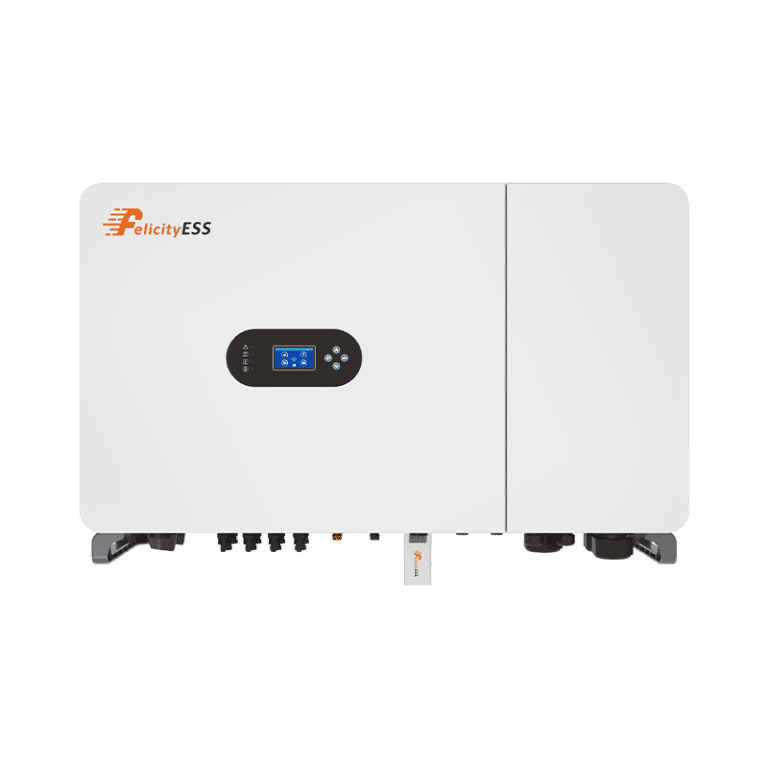Lithium-ion batteries have transformed the way we store and use energy. Compared to traditional options like lead-acid or nickel-based cells, they are lighter, more compact, and offer a significantly higher energy density, enabling longer runtimes in a smaller package. The rest of the article will guide you through how a lithium ion battery works, how it stands out from the rest, and why equipment, solar and wind power systems, and electric vehicles use it today.
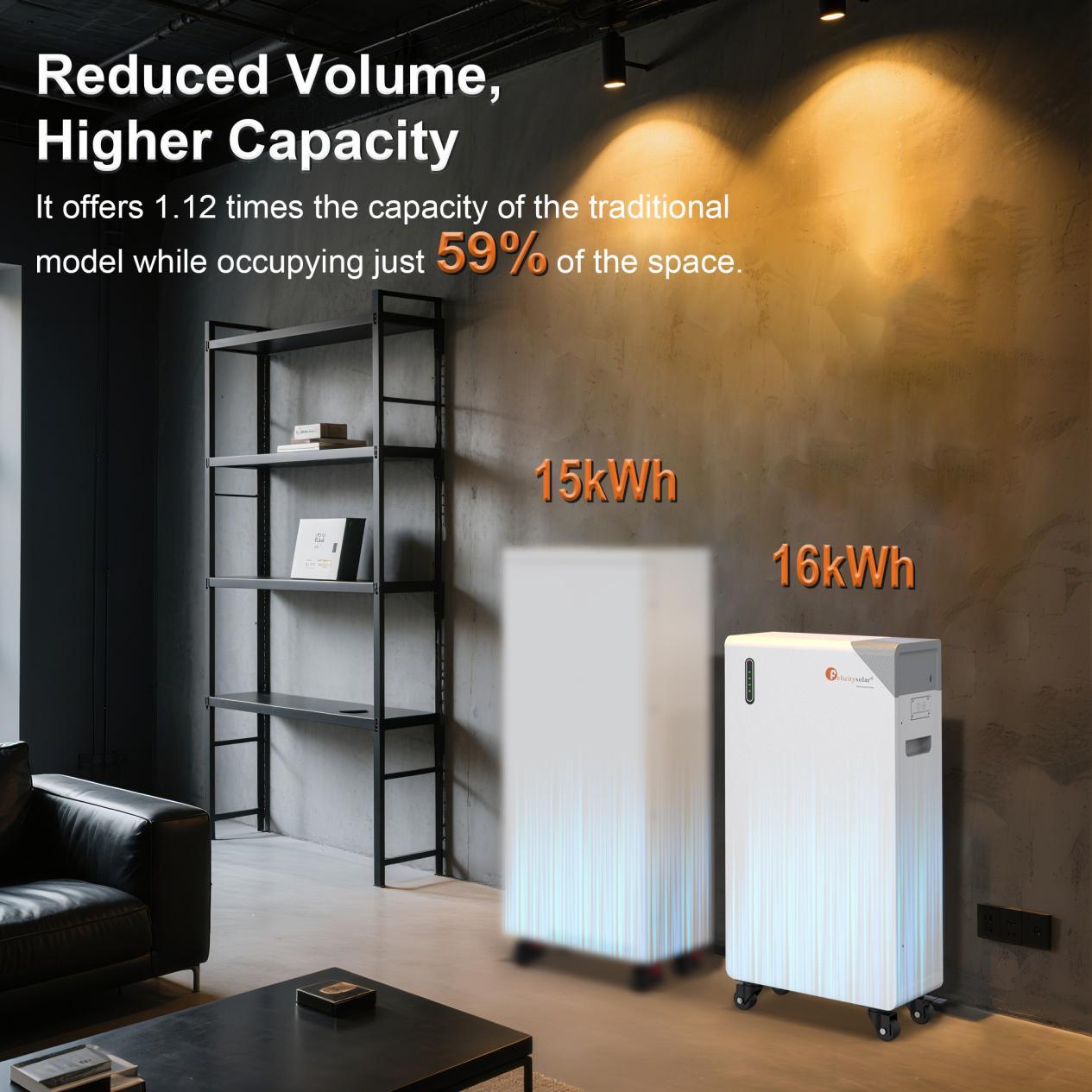
How does the Lithium Ion Battery Working?
Lithium ion battery is a rechargeable battery for energy storage. Its peculiar working principle is lithium ion migration between two electrodes.
- Anode (Negative electrode): usually graphite, it serves as storage place of the lithium ions while charging. The layered nature of the anode allows ions to leave and enter the battery with ease, making it efficient for many cycles.
- Cathode (Positive electrode): typically made of compounds of lithium such as LiCoO₂ or LiFePO₄, where the lithium ions are retained. The chosen material in this case determines the highest influence in setting up the capacity, voltage, and stability of the battery.
- Electrolyte: a gel or liquid substance which facilitates the flow of lithium ions from the cathode to the anode. It permits ions to pass freely but keeps electrons trapped in the outer circuit so that the battery can power devices without posing any safety concerns.
- Separator: extremely thin porous membrane between cathode and anode, yet ion-permeable.
How Lithium Ion Battery Working Operates Step by Step
- Charging Stage: The Lithium ions move from the cathode to the anode with the application of the electrolyte. The electrons move from the battery in a circuit when there is a balance charge.
- Discharging Stage: The Lithium ions move from the anode to the cathode again, and the stored energy is forced out.
- Reversibility: The flow of the ions can be reversed, and thus lithium ion batteries are charged.
How Lithium Ion Battery Working Differs from Other Batteries
- Energy Density
Double the weight-of-energy of lithium ion batteries over NiCd or lead-acid batteries. Therefore, they are most appropriate for laptops, cell phones, and electric cars.
- Cycle Life
Lithium ion battery has life of 3000-5000 charge cycles, while superior chemistry like LiFePO₄ contains more than 6000 cycles. Or, lead-acid batteries have life of about 300–500 cycles before capacity is lost.
- Charging Rate and Efficiency
Lithium ion batteries charge at a low rate and consume less power to charge. Lead-acid batteries charge at a low rate and dissipate more energy as heat.
- Memory Effect
NiCd and, less noticeably, NiMH batteries experience the “memory effect,” losing available capacity if not discharged completely to zero prior to recharge. Lithium ion battery working is memory effect free with partial charging without harm.
- Weight and Portability
Lithium ion batteries are light and compact compared to the heavier and bulkier lead-acid battery. Lighter weight in mobile uses and EVs is a significant advantage.
- Safety and Stability
Lithium ion batteries require protection circuits to avoid overcharging, deep discharge, and heat burnout. Current technology, including a lead-acid battery, could be less prone to thermal runaway but is dangerous in the case of an acid spill and will need maintenance at regular intervals.
Applications of Lithium Ion Battery Working
The superior characteristics of lithium ion batteries make them the backbone of modern power solutions. They have widespread use in:
- Electric Vehicles (EVs): Tesla, BYD, and other like entities utilize lithium ion batteries because of their long-duration and high energy density power.
- Renewable Energy Storage: Lithium ion batteries store excess power from wind and solar installations to utilize in the future.
- Medical Devices: Pacemakers, portable monitors, and hearing aids all use lithium ion batteries for sure, light power.
- Power Tools: cordless drillers, garden equipment, and industrial devices.
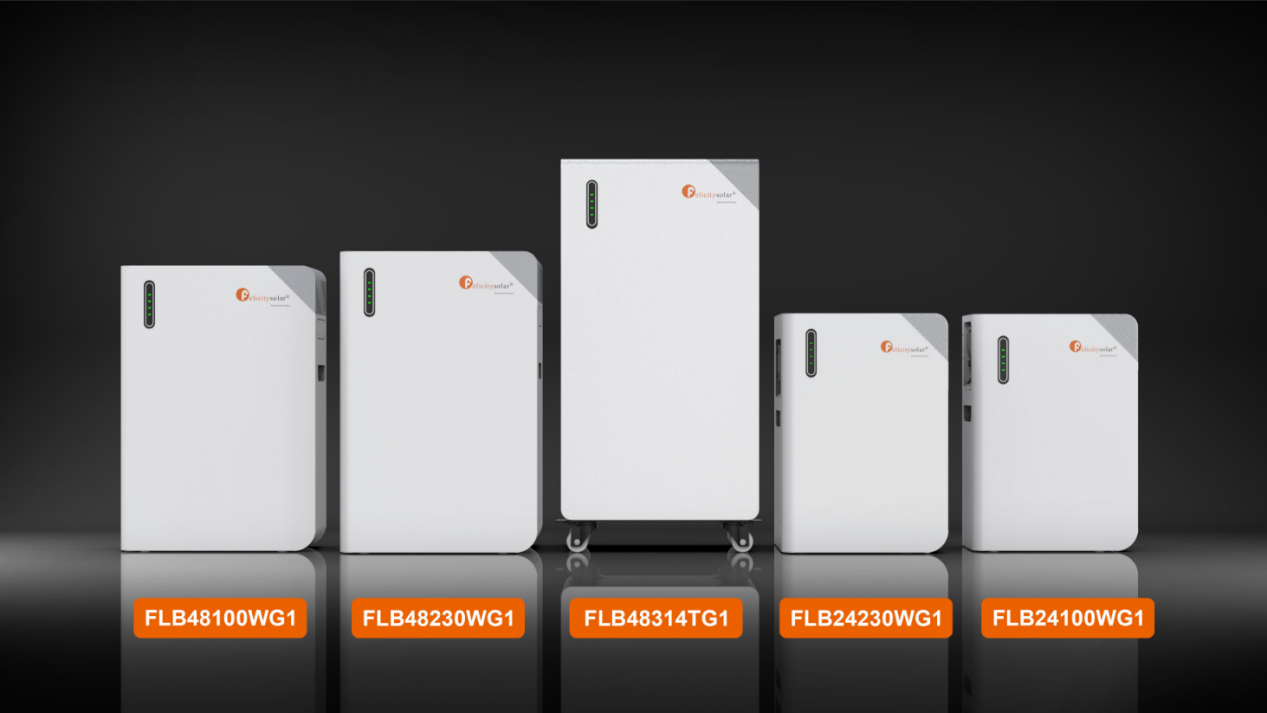
Conclusion
Lithium ion operation differs from other conventional technologies. Lithium ion batteries are better than lead-acid, NiCd, and NiMH in practically all aspects, with high energy density, long life cycle, light weight, and fast recharging.
If high-energy storage systems are the thought at the back of your mind, then companies such as Felicity ESS offer long-life lithium ion battery systems for residential dwellings, commercial enterprises, and renewable schemes. To learn more or to enquire, please do not hesitate to contact our staff in an attempt to get the best solution to meet your requirements.



